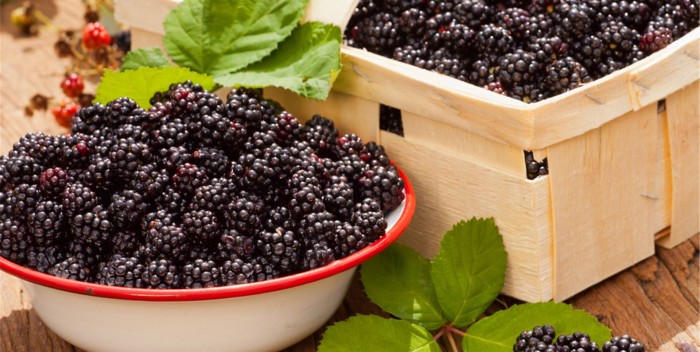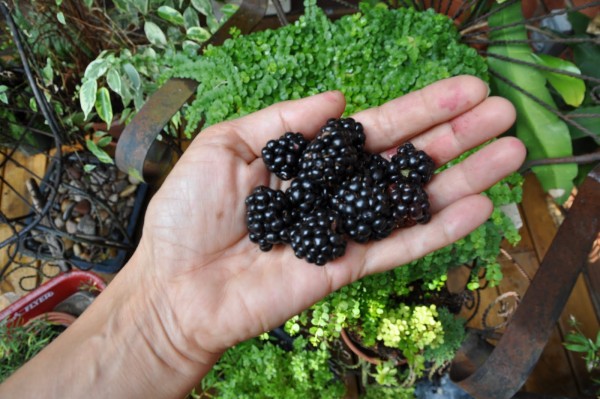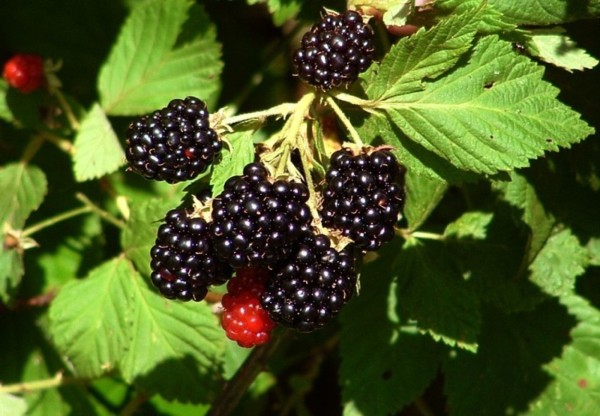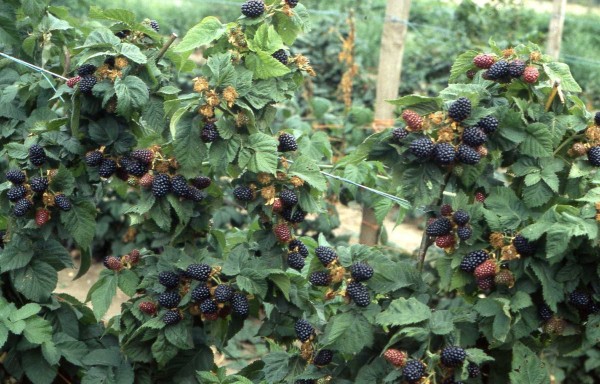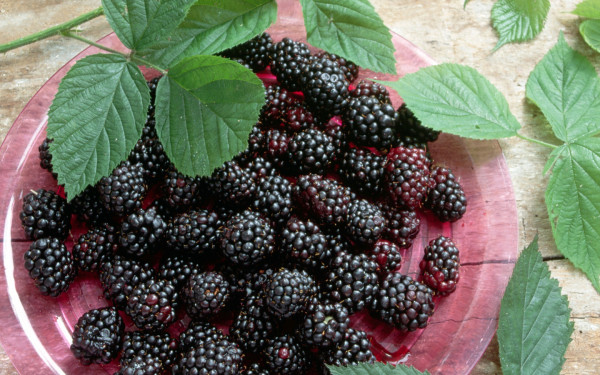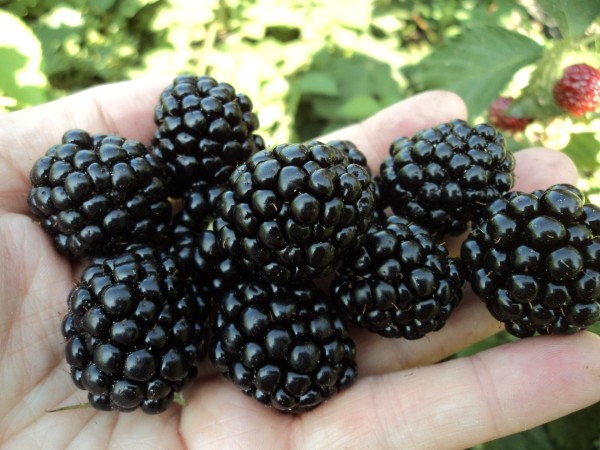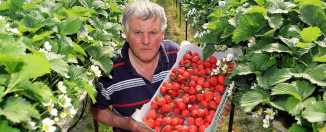Blackberries: planting and care
Blackberries are in many ways similar to their close relative, raspberries. But in our country it is not popular. This berry grows mostly in nature, only a few gardeners bred it on purpose. But recently, blackberries have begun to gain more and more fans.
Content
Planting blackberries
This plant is the most convenient plant in the spring months after the soil has warmed up well. A place with good lighting and protection from drafts is suitable for this plant. Gusts of wind can damage the delicate plant and interfere with pollination of flowers and ripening of berries. Loamy or sandy loam soil is suitable for this garden culture. It must have good nutritional properties, good moisture and air permeability. It is necessary to prepare a site for blackberries in the fall. It needs to be cleared, remove all weeds, and eliminate pests and pathogens. Do not fertilize especially for blackberries. Otherwise, the plant will begin to grow green mass and stop bearing fruit. If the soil in this area is already depleted, then it is recommended to mix the excavated soil with organic and mineral fertilizers when digging holes for planting blackberry bushes. Then the roots of the plant should be covered with this earth.
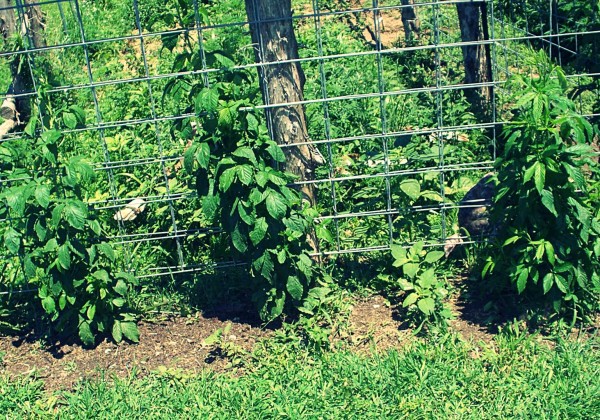 For planting, choose annual plants that have a developed root system and two thick trunks. There should be a formed bud on the roots. Place the area with blackberry bushes at a distance of at least one meter from the rest of the plantings. Dig a hole for the plant depending on the size of the root system. Arrange the bushes so that the distance from individual plants is at least a meter.
For planting, choose annual plants that have a developed root system and two thick trunks. There should be a formed bud on the roots. Place the area with blackberry bushes at a distance of at least one meter from the rest of the plantings. Dig a hole for the plant depending on the size of the root system. Arrange the bushes so that the distance from individual plants is at least a meter.
Lower the bush into the ground and spread its roots. Then cover the plant with earth so that the bud at the bottom of the stem is 2 cm deep. Then tamp the soil and water the plant, when the moisture is absorbed, put a layer of manure or peat-manure mixture. After planting the blackberries, cut the branches about 20 cm from the ground.
Blackberry varieties
Through the efforts of breeders, a lot has already been obtained varieties this berry. The most popular varieties are:
- The Loch Ness blackberry is distinguished by the absence of thorns. Its berries ripen from late summer until frost. The fruits of this variety are medium in size and weigh about 5 g.
- Another frost-resistant plant variety is called Navajo. Its fruits are also late. The variety has abundant yields and is well stored.
- The Ruben remontant blackberry variety is distinguished by good performance. This variety begins to bear fruit from the first year of life. It is a very unassuming variety that tolerates drought well and grows in any soil.
- A hybrid of American breeders Agave is distinguished by large berries weighing up to 6 g with a sugary-sweet aftertaste. Blackberry Agave has thick, upright stems that cannot be bent. Therefore, they are not closed for the winter.
Blackberry propagation
There are several ways multiply blackberries. One of the simplest is layering propagation. This procedure should be performed in August. For this, branches 1 year old are bent to the ground and buried to the depth in the bayonet of a shovel. The upper part of the shoot should be free. It must be cut to stop growth. The dig site needs regular watering and mandatory mulching. After a couple of months, the seedling must be separated from the mother bush and immediately transplanted to a new place.
Another way of reproduction of this plant is by offspring. It is suitable for mature plants over 3 years old. In such mature bushes, new shoots are formed on the roots, extending from the roots. They just need to be separated from the main plant and planted in a new place.
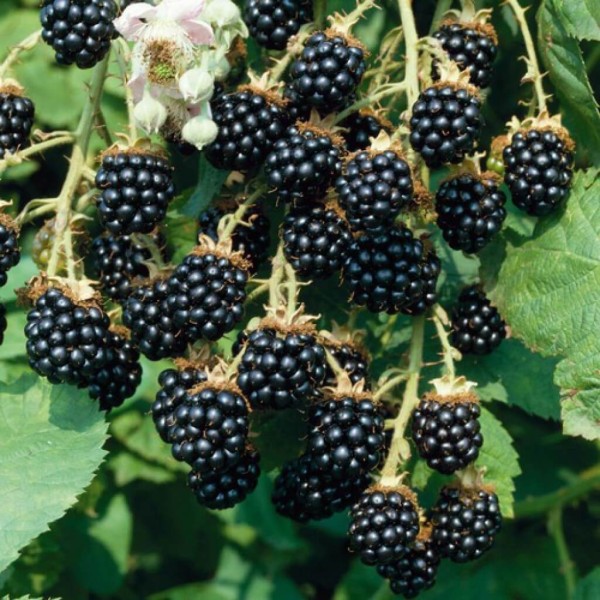 Most new plants can be obtained by cutting blackberries. Cuttings for new plants should be cut in the fall. Each cutting should have three buds. The leaves must be removed. Now place the cuttings in a container of water, turning them upside down. The water should only cover the lower kidney. Now place the cuttings on the windowsill and add water as it evaporates. After some time, a small bush will appear. Then you need to separate it, leaving a small piece of the cutting, and plant it in a small container with nutritious soil. In spring, young bushes can be planted in the ground.
Most new plants can be obtained by cutting blackberries. Cuttings for new plants should be cut in the fall. Each cutting should have three buds. The leaves must be removed. Now place the cuttings in a container of water, turning them upside down. The water should only cover the lower kidney. Now place the cuttings on the windowsill and add water as it evaporates. After some time, a small bush will appear. Then you need to separate it, leaving a small piece of the cutting, and plant it in a small container with nutritious soil. In spring, young bushes can be planted in the ground.
Blackberry transplant
The process of replanting blackberry bushes can be carried out in the spring or autumn months. In the spring, the plant is transplanted before bud break. In areas with mild winters, blackberries can be replanted in early October. Before the onset of frost, the plant will be able to adapt to new growth conditions.
Blackberries have delicate and fragile roots. Therefore, try to dig a bush together with an earthen lump and, in this form, transplant it to another place. It is possible in the same period of time to separate the root processes and combine the transplanting of the blackberry and its reproduction.
How to prune blackberries
Only one-year-old branches bear fruit in blackberries. After the end of fruiting, their function is fulfilled and they only create additional shade and take away nutrients. In this regard, the old branches of the plant must be cut off every year. Also, without pruning, the next year's harvest will be small and small.
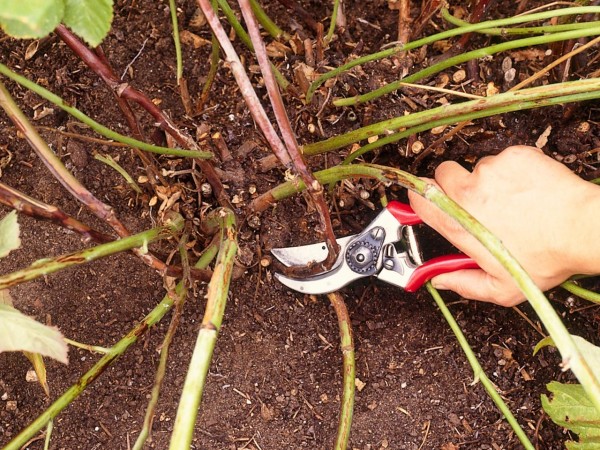 The plant is pruned in spring and autumn. At the same time, after harvesting, the branches that have already fruited are completely cut off. It is also better to cut out very thin and weak branches, you also need to get rid of branches infected with diseases and those that are damaged by pests.
The plant is pruned in spring and autumn. At the same time, after harvesting, the branches that have already fruited are completely cut off. It is also better to cut out very thin and weak branches, you also need to get rid of branches infected with diseases and those that are damaged by pests.
Young and strong branches should be cut 25% of their length. Then the next year many flowers will form on them. Do pruning right after the bud. In total, you should have 8 to 10 branches left on each bush. In the spring, simply inspect the bush and remove any blackened, fragile and rough shoots. They could not survive the winter and are no longer needed.
Blackberry diseases
For abundant fruiting, it is important to monitor the standing of the bushes. Be sure to check the branches regularly for disease. Most often, blackberries are infected with anthracnose. This disease infects the blackberry fruit. It is manifested by uneven and slow development of the berry. It can be found already at the end of spring.
Leaves and young stems are affected by rust. This disease externally manifests itself as brown spots on the plant and reduces the yield of the bush by more than half.
Blackberry care
In most cases, caring for a blackberry is very similar to caring for a raspberry. No wonder these plants are relatives. During the period of active growth, blackberries require glaze, feeding and weeding. Blackberry bushes grow very quickly and actively form a leaf mass. During this period, they quickly draw nutrients from the soil, so feeding is very important.
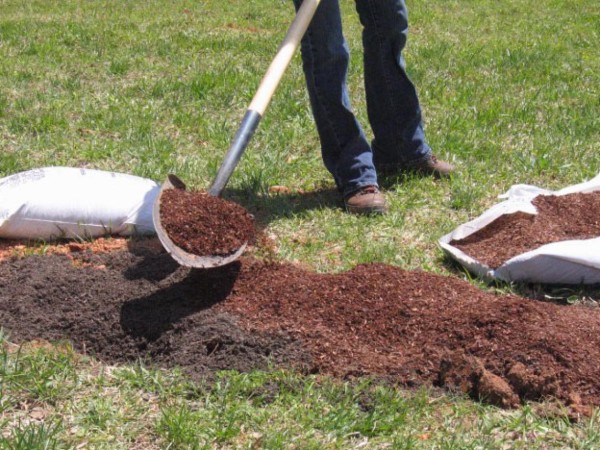 Young, freshly planted plants just need to be watered frequently and abundantly. Bushes that are already bearing fruit must be fed with urea in the spring. A tablespoon of fertilizer in a bucket of water is enough for this. One bucket is enough to fertilize one plant. Water your blackberries with warm water only.
Young, freshly planted plants just need to be watered frequently and abundantly. Bushes that are already bearing fruit must be fed with urea in the spring. A tablespoon of fertilizer in a bucket of water is enough for this. One bucket is enough to fertilize one plant. Water your blackberries with warm water only.
Remove weeds in time and loosen the soil to a depth of 10 cm after each watering. If you want to make your work easier, then cover the soil with a thick layer of mulch. It will prevent weeds from appearing and retain moisture longer.
